
When you have followed all the rules on the label for your plant but it’s still in poor health it could have a nutrient deficiency.
These occur when the soil is lacking one or more of the nutrients the plant requires to thrive.
Deficiencies often show up in the leaves, which may be discoloured, distorted or dropping off.
The oldest leaves can show problems best where deficiencies have built up, though certain problems, like calcium deficiency, show first in young leaves.
A plant nutrient is any element required for normal growth. The air supplies the essential elements of carbon, hydrogen and oxygen but others are supplied by the soil.
Synthetic or organic fertilisers can prevent or treat deficiencies.
Some sap-sucking insects, fungi and diseases can cause similar problems, so look out for them, too.
And check that you haven’t over or under-watered, which can also cause foliage problems.
Grow healthy plants
Improve your soil by adding well-rotted manure or compost, and spreading organic mulches or leaf mould around existing plants.
Digging it into the soil to a depth of 50mm can help to keep any nutritional problems at bay.
For gross feeders such as citrus, bananas, hibiscus, zucchini and tomato, just use a good quality complete fertiliser designed for that plant. Or target the problem and treat specifically.
TIP Always water plants well before and after feeding.
Feeding pot plants
Plants growing in pots rely on us to keep them healthy. Nitrogen is often lacking, as decomposing potting mix can use it up, keeping it from hungry roots.
Fertilise container-grown plants regularly when they’re actively producing new growth, generally from spring to autumn.
Use a gentle liquid fertiliser or a pelletised organic variety, as salt-based fertilisers can burn confined roots and leave excess salt crust on the pot and mix.
Detecting and treating deficiencies
Look for these symptoms in your plants to identify nutrient deficiencies in the soil. Confirm your diagnosis using a soil test kit before applying the remedy, then treat at the recommended rates.
Nitrogen
Older leaves yellow at the bottom of the plant with others pale green. Slow, spindly growth may appear.
TREATMENT Blood and bone, manure and fertilisers containing nitrate, ammonium or urea.
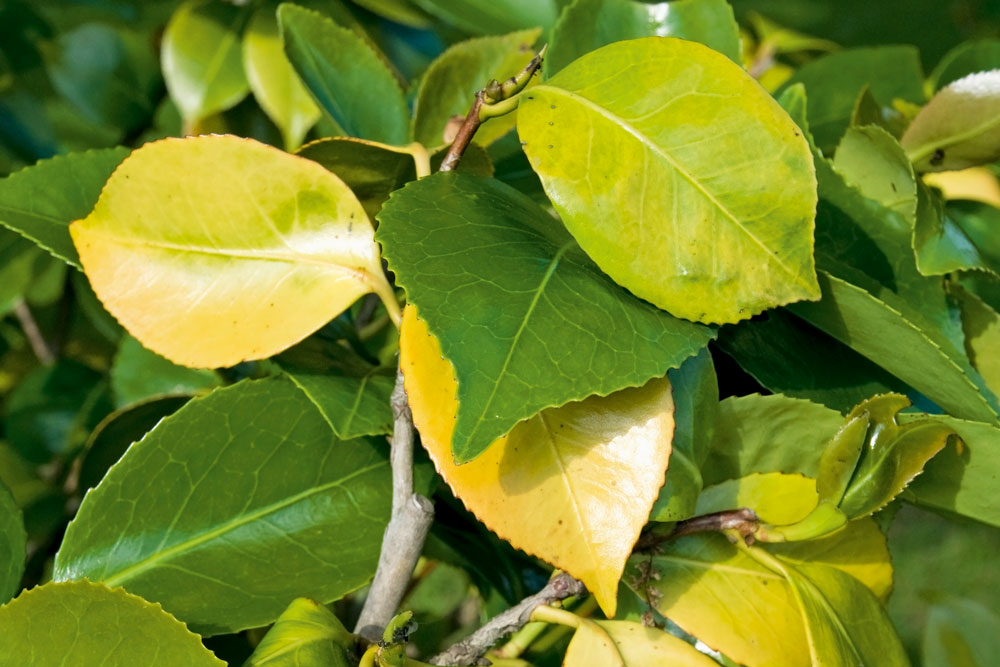
Plants with nitrogen deficiencies have older leaves yellow at the bottom of the plant with others pale green. Image: Getty Images
Magnesium
Leaves turn yellow between the veins and the plant suffers from slow growth.
TREATMENT Epsom salts and dolomite.
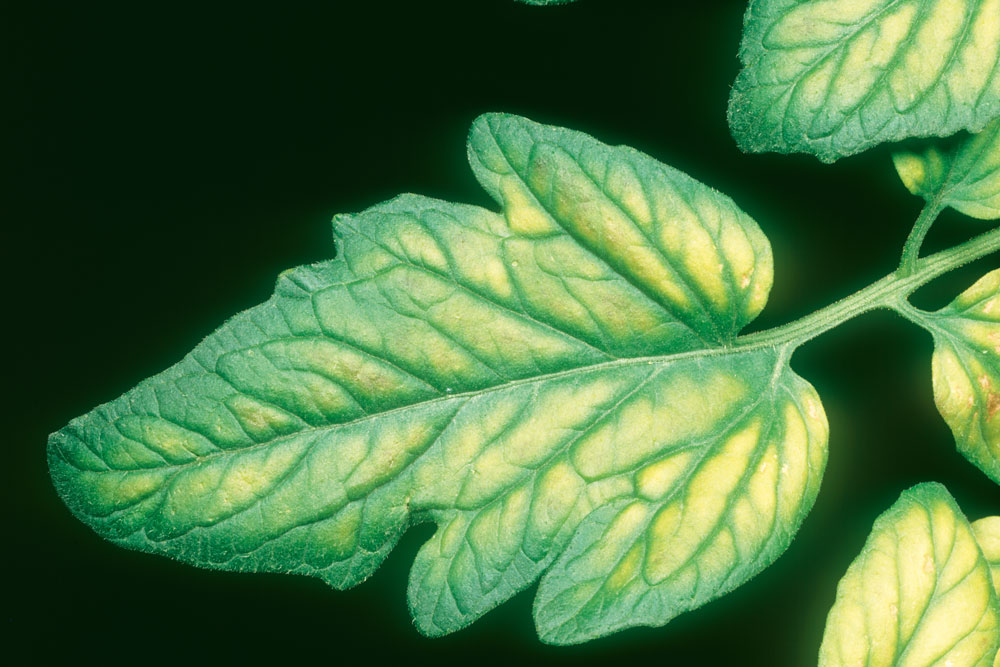
If a plant has a magnesium deficiency its leaves Leaves turn yellow between the veins. Image: Getty Images
Phosphorus
Dark red-purple leaves with older leaves looking burnt at the tips and poor fruit set.
TREATMENT Phosphate, manure and bone meal.
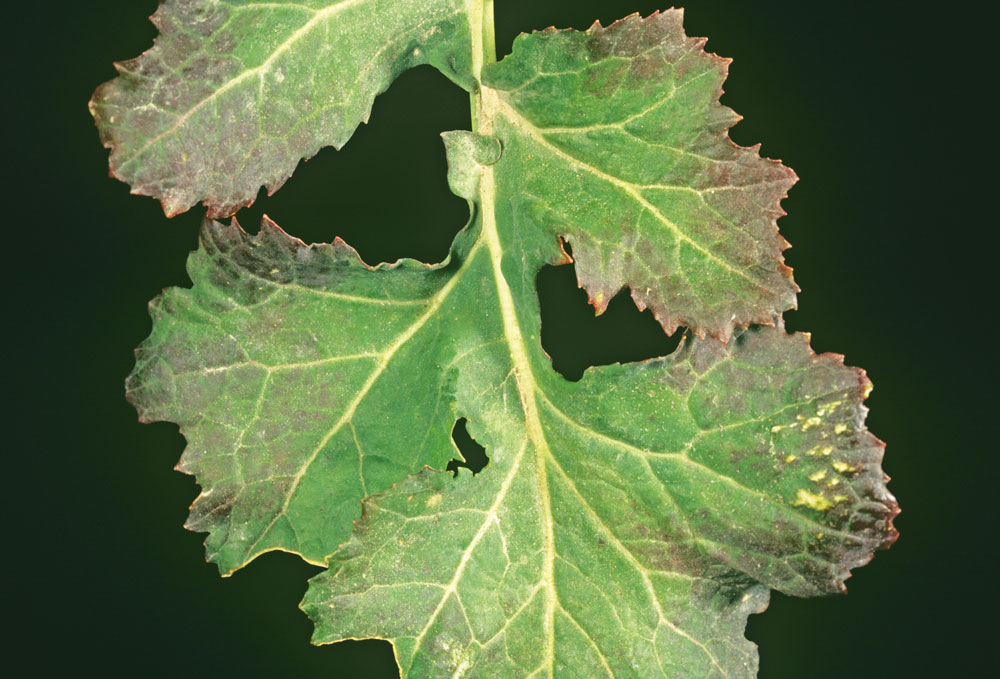
Plants with phosphorus deficiencies have dark red-purple leaves with older leaves looking burnt at the tips. Image: Getty Images
Potassium
Yellowing between leaf veins, plus scorched and curling leaf edges and pulpy fruit.
TREATMENT Manure, seaweed extracts and sulphate of potash.
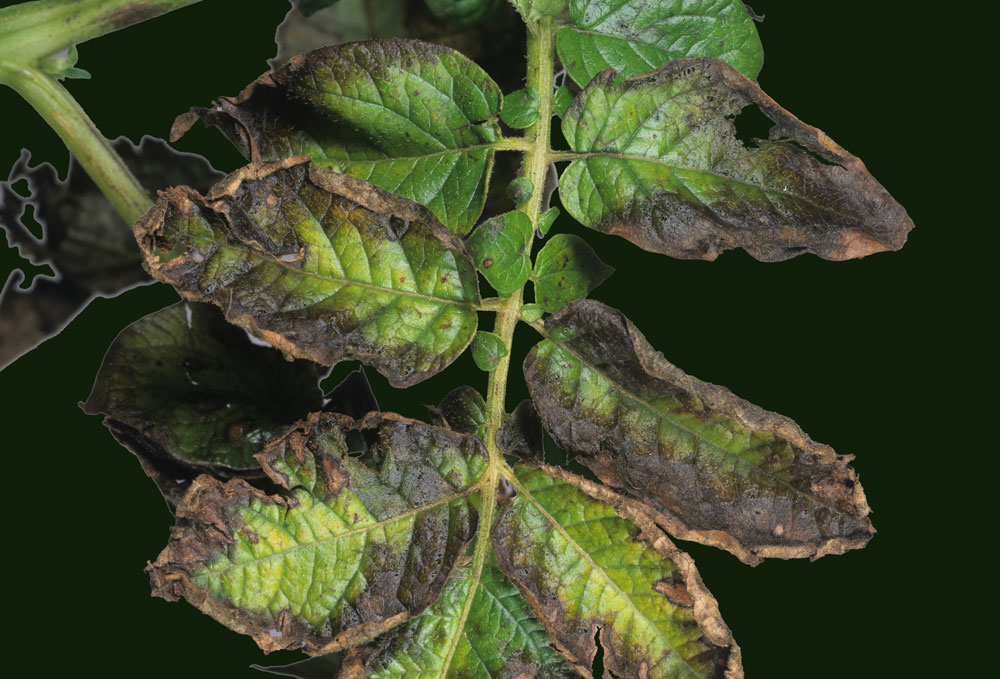
Potassium deficiencies in plants are seen in a yellowing between leaf veins, plus scorched and curling leaf edges and pulpy fruit. Image: Getty Images
Calcium
New growth is distorted and can yellow and die, and fruit is afflicted with blossom end rot.
TREATMENT Lime, gypsum, dolomite and crushed eggshells.
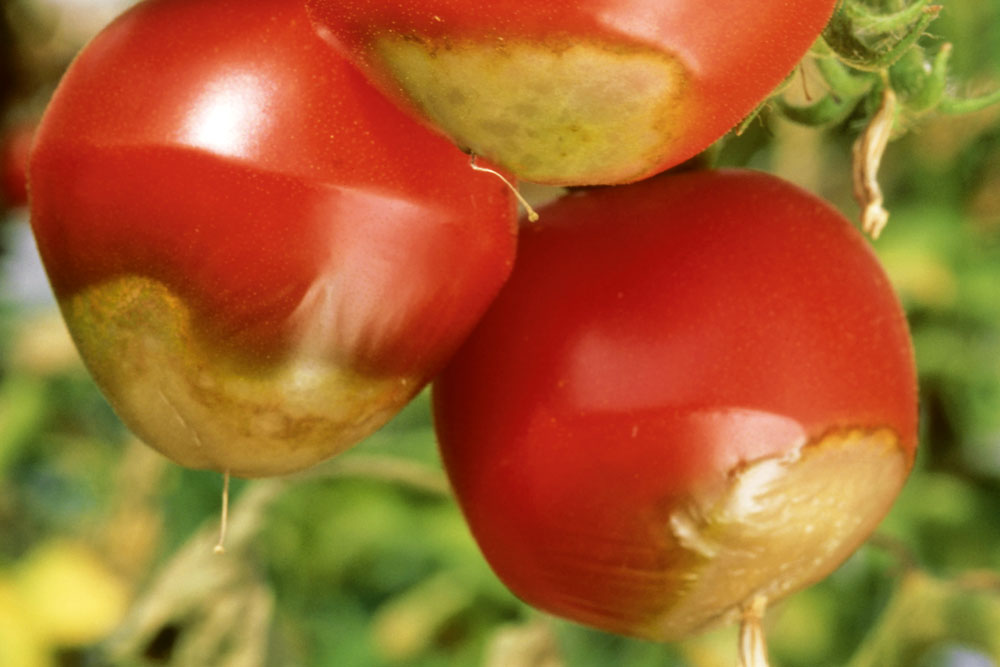
In plants with calcium deficiencies new growth is distorted and can yellow and die, and fruit is afflicted with blossom end rot.Image: Getty Images
Iron
New leaves pale between veins to light green, yellow or white.
TREATMENT Seaweed extract, iron chelates, and ammonium sulphate and compost to lower pH.
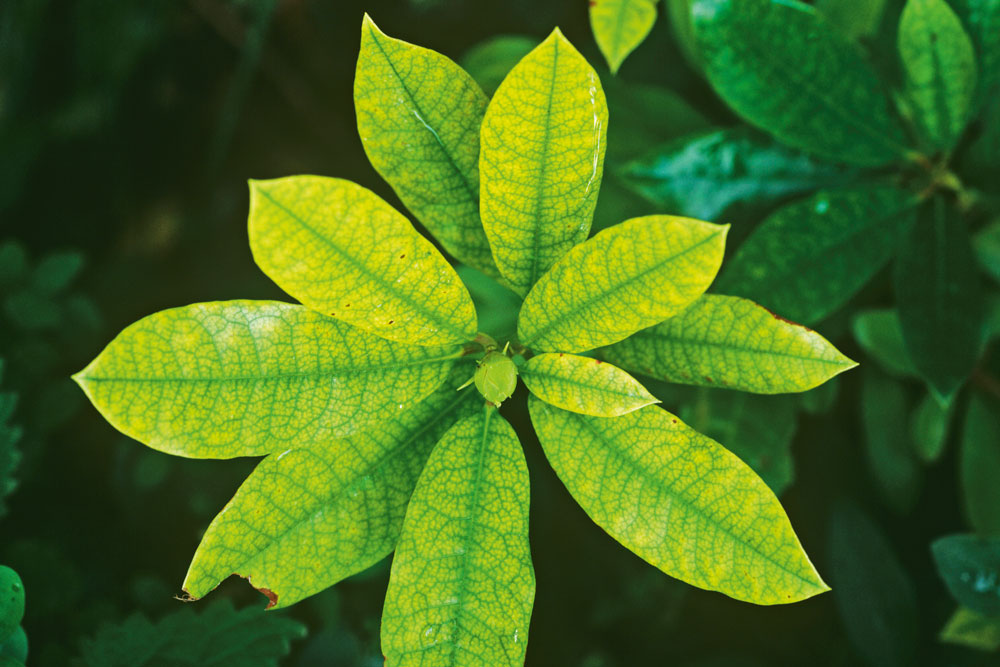
In plants with iron deficiencies new leaves pale between veins to light green, yellow or white. Image: Getty Images

